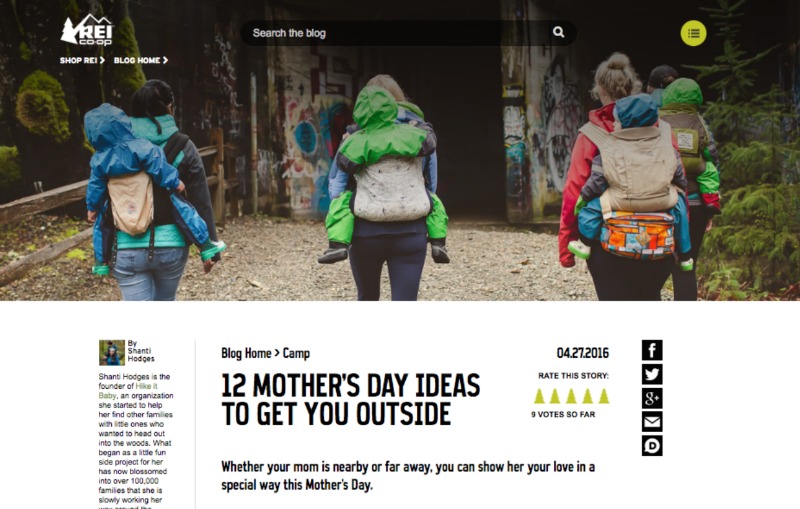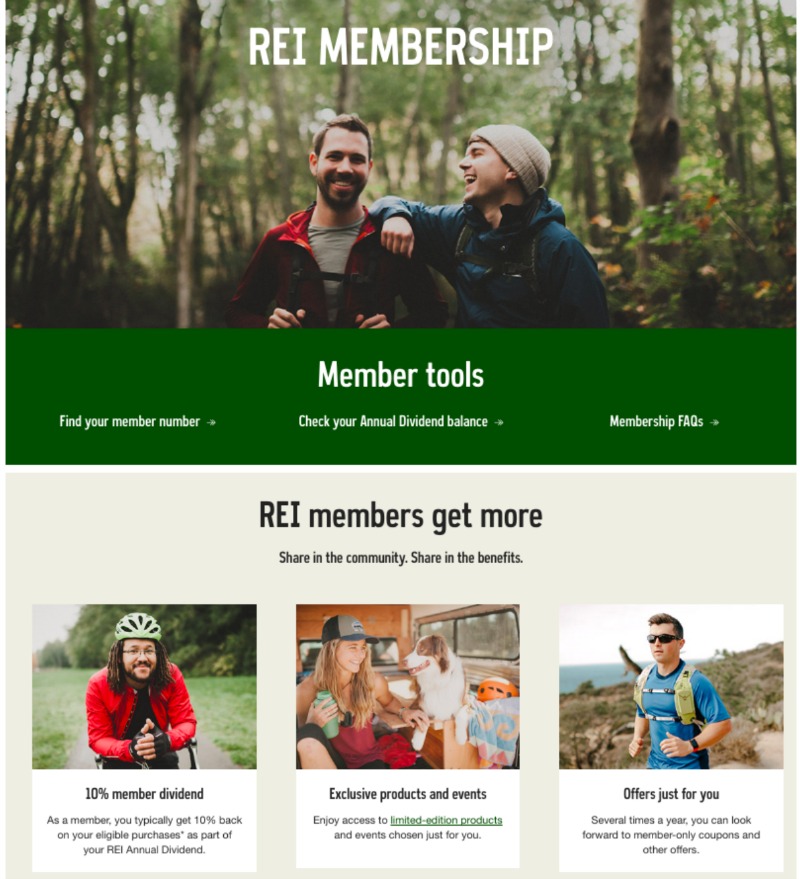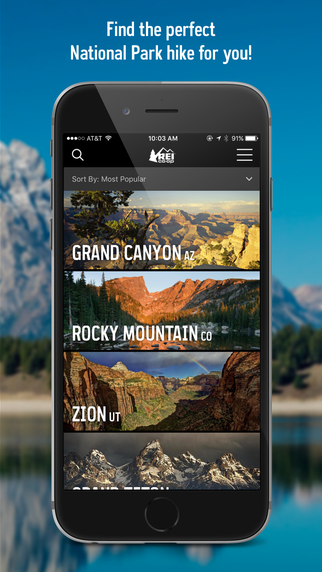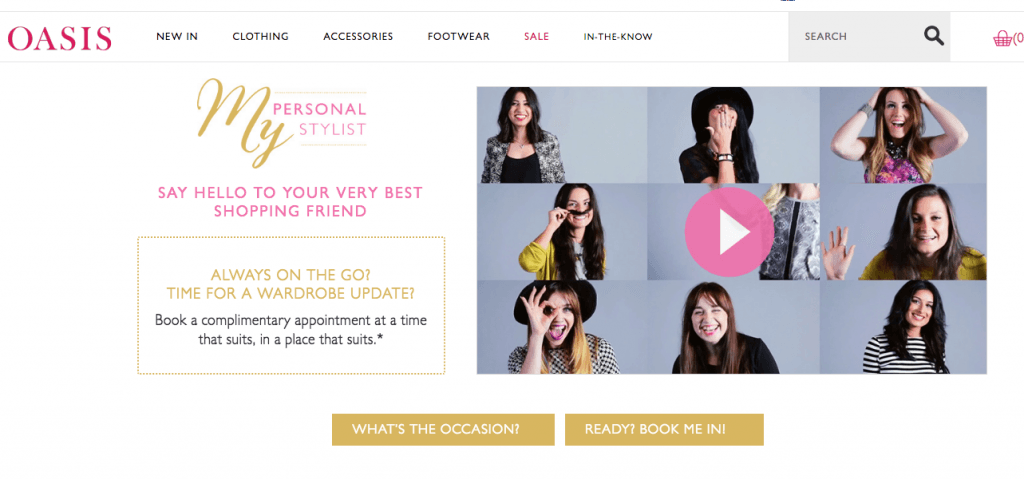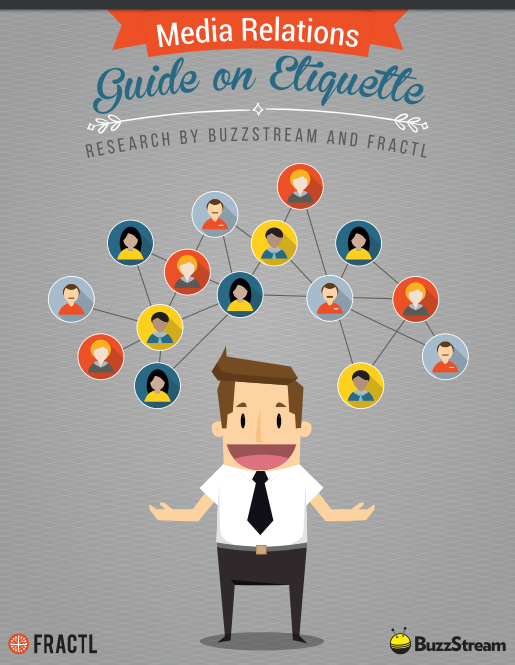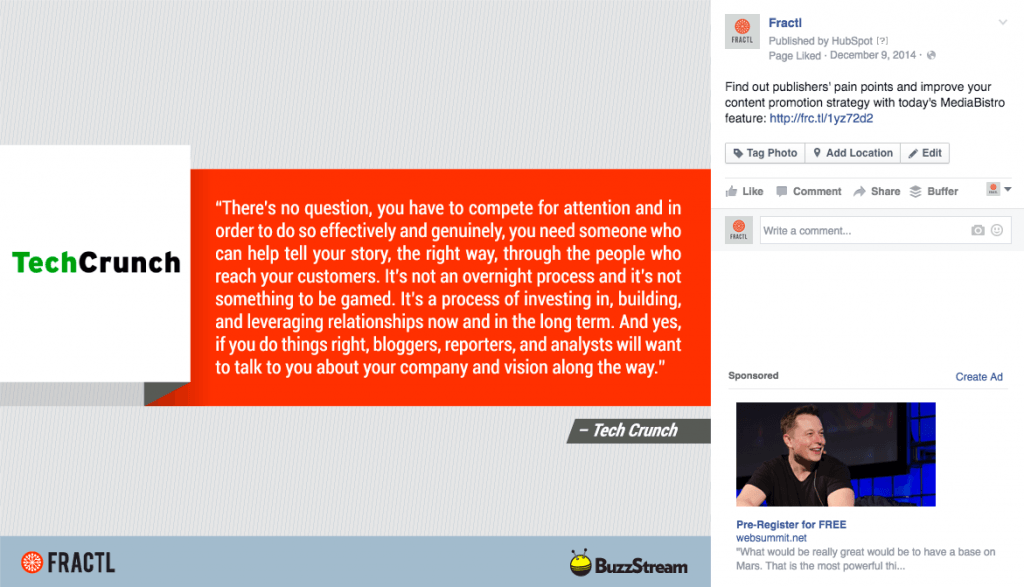Imagine coming across content that immediately drew you closer to a company, content where the tone, story, colors, iconography, and branding all worked together to grab and hold your attention. The content left you wanting more, so you went from the brand’s blog to the brand’s app … and then you felt like you’d landed in the wrong place.
The app had a completely different look from the blog you loved. As you clicked around, you became frustrated that the app lacked the engaging experience of the blog.
Has this ever happened to you? If so, you’ve witnessed a brand’s failure to create a consistent omnichannel marketing experience.
What Is Omnichannel Marketing?
Omnichannel marketing aims to create a consistent and seamless experience across every interaction that a customer has with a brand. These customer touch points exist both online (as digital content, blogs, e-books, infographics, email campaigns, social media, apps, etc.) and offline (as in-store environments, print advertising, signs, catalogs, direct mail, etc.).
When executed correctly, omnichannel marketing creates a smooth transition from one point of contact to the next.
Regardless of the channel or medium, customers always know they are engaging with the same brand. Every touch point looks, feels, and sounds the same, and helps the customer connect with and remember the brand.
When executed poorly, omnichannel marketing creates a discordant experience. The brand feels different at every point of contact, creating disconnected interactions that can baffle customers.
So how can companies get it right?
The difference between great omnichannel marketing and bad omnichannel marketing can be seen in the quality of the content strategy.
Great omnichannel marketing uses a content strategy where every piece of the brand’s content, whether online or offline, on the company website or on a third-party website, includes similar design, messaging, goals, and objectives. The content, distributed and promoted across multiple platforms, is consistent, cohesive, and complementary.
Poor omnichannel marketing utilizes a content strategy that feels disjointed. Each piece of content differs in tone and messaging. Pieces may look like they were created by a different brand; they don’t integrate well and appear to be either narrowly distributed or distributed with no connection to the brand.
To sum up: Behind every effective omnichannel marketing strategy is a great content marketing strategy. To master omnichannel marketing, you need to create content with a consistent message and branding and then tie that content together across multiple platforms.
Omnichannel marketing can help your brand connect with new customers and clients, form connections with audiences, and turn those audiences into brand advocates.
How to Effectively Use Content in an Omnichannel Marketing Strategy
Let’s look at the role content plays in creating an effective omnichannel strategy. In the examples below, you’ll see how smoothly an omnichannel approach operates when the content is developed correctly.
Deliver a Consistent Message
All of your content should deliver similar messaging that accurately shares the brand’s identity, services, and mission. Chipotle is a great example of a brand that roots all of its content in the same message.
Chipotle creates content across multiple channels – through videos, interactive games, website copy, and apps – that all matches their brand message of “food with integrity.” The Chipotle brand mission is at the center of all its content.
Chipotle’s viral video, “The Scarecrow,” didn’t include the company’s logo until the end of the video. However, the video still clearly tied in to Chipotle’s brand since it told a story representing the brand’s message.
Use a Cohesive Design
Content used in omnichannel marketing needs to feel similar even though it’s delivered through different channels and formats. To witness a solid omnichannel experience, take a look at the content delivered by outdoor clothing and gear retailer REI. Even though REI distributes its content through a wide range of platforms, its content always provides the same look and feel.
Example: REI Blog Post
Example: REI’s Membership Page
Example: REI’s National Parks App
In addition to using the same fonts and colors, REI adorns all of its content with rugged outdoor images and serene landscape photos. Using the same design aesthetic across channels makes it easy for audiences to recognize REI’s brand whenever they come into contact with its marketing content.
Guide Customers Across Multiple Touch Points
An omnichannel approach anticipates the customer’s needs and then serves up content to satisfy those needs. An increasingly popular trend for retail brands involves combining an online and offline experience.
Oasis Clothing, for example, uses two different strategies to connect with customers both online and offline, making both activities feel like one connected experience.
While shopping in-store, customers can engage with sales associates who carry iPads that can quickly check and display the inventory of the entire brand. This strategy brings the online shopping experience into the store.
Oasis also turns the online shopping experience into a real-world experience by prompting users to schedule in-person styling sessions at one of their retail stores.
Repurpose Content Across Multiple Platforms
Contemplating the amount of content needed in omnichannel marketing can be overwhelming. However, you don’t need to create as much content as you think. A smart way to get more out of your current content supply while saving resources is content repurposing.
To look at repurposing in practice, let’s examine how Fractl used one study, a survey of over 500 publishers, to create a variety of content that served different audiences across several platforms.
E-Books
We packaged actionable insights from the survey data into two e-books.
The “Digital PR Guide on Etiquette” looked at the data from a public relations standpoint. We created a guide on improving outreach efforts, forming relationships with publishers, and getting more placements on high-authority sites.
The other e-book used the same data in a different way. The guide on how to “Secure High-Authority Press: 500 Digital Publishers Tell You Want They Want” presented less of a how-to guide and more of a story on the perspectives and thoughts of the surveyed publishers.
Both pieces of content came from the same data, but we used that data to create two unique, valuable resources for our audience.
Content on Third-Party Sites
We didn’t keep all of the data to ourselves. We used the information from our survey to create content for other authoritative blogs and publications.
Knowing that the audience and publishers of Harvard Business Review (HBR) appreciate original data, we focused on that part of the survey for an article for their website called “Get Your Pitch Noticed by a Major Publisher.”
For a column on Inc., we shared quotes gathered during the survey. The post differed from the HBR article but was crafted from the same data and messaging.
These posts are two examples from the dozens of articles that referenced our original survey. We published articles on many other high-authority blogs like Moz, Contently, Marketing Land, ProBlogger, BuzzStream, and more.
SlideShare
We also repurposed the data from our survey into a more visual presentation. We used SlideShare to publish a presentation with engaging graphics that shared the results of our survey.
Turning content into a completely different content medium – such as converting copy to graphics or copy to video – is a smart way to repurpose content while making it feel like something new and original.
Social Media
Just as we repurposed our information to fit the SlideShare platform, we redesigned our content to fit other social media platforms.
Consider the type of content that performs best on certain social media platforms, and then recreate your content to fit that platform. In this graphic, you can see how we pulled quotes from our survey and turned them into shareable custom graphics that performed well on social media.
Email Marketing
We also used the survey data to create content for our email newsletter. Rather than email a link to download our e-book, we sent our email list a unique piece of content created from our survey.
In this example of repurposing, you can see how we were able to leverage one data set and turn it into dozens of unique content pieces. Each piece included the same messaging, branding, tone, and objectives as well as a cohesive feel that guided audiences from piece to piece.
Tips for Creating Content for Omnichannel Marketing
To steer your omnichannel marketing in the right direction, keep these tips in mind as you create content.
Document your content strategy
Detail your content strategy plans – your goals, messaging, and objectives – in a document available to everyone responsible for creating content. If you have a large team, put one person in charge of creating and maintaining this document to ensure across-the-board consistency.
Create a branding guide
You should also clearly document your branding elements – chosen colors, logos, voice guidelines, and graphic styles. When an entire team is working from the same branding guidelines, the content has a more cohesive look and feel, even if it’s created by two completely different departments.
Utilize a content repurposing strategy
When engaging in omnichannel marketing, stretch your resources as far as possible by repurposing content across channels. When you repurpose content, you take a great idea, topic, or research data set, and create multiple pieces of content from it. Essentially, you turn one piece of content into a variety of unique pieces that perform well on different platforms.
Want to see even more examples of how effective content strategy can fuel omnichannel marketing strategy? Check out dozens of other examples in Fractl’s portfolio.

